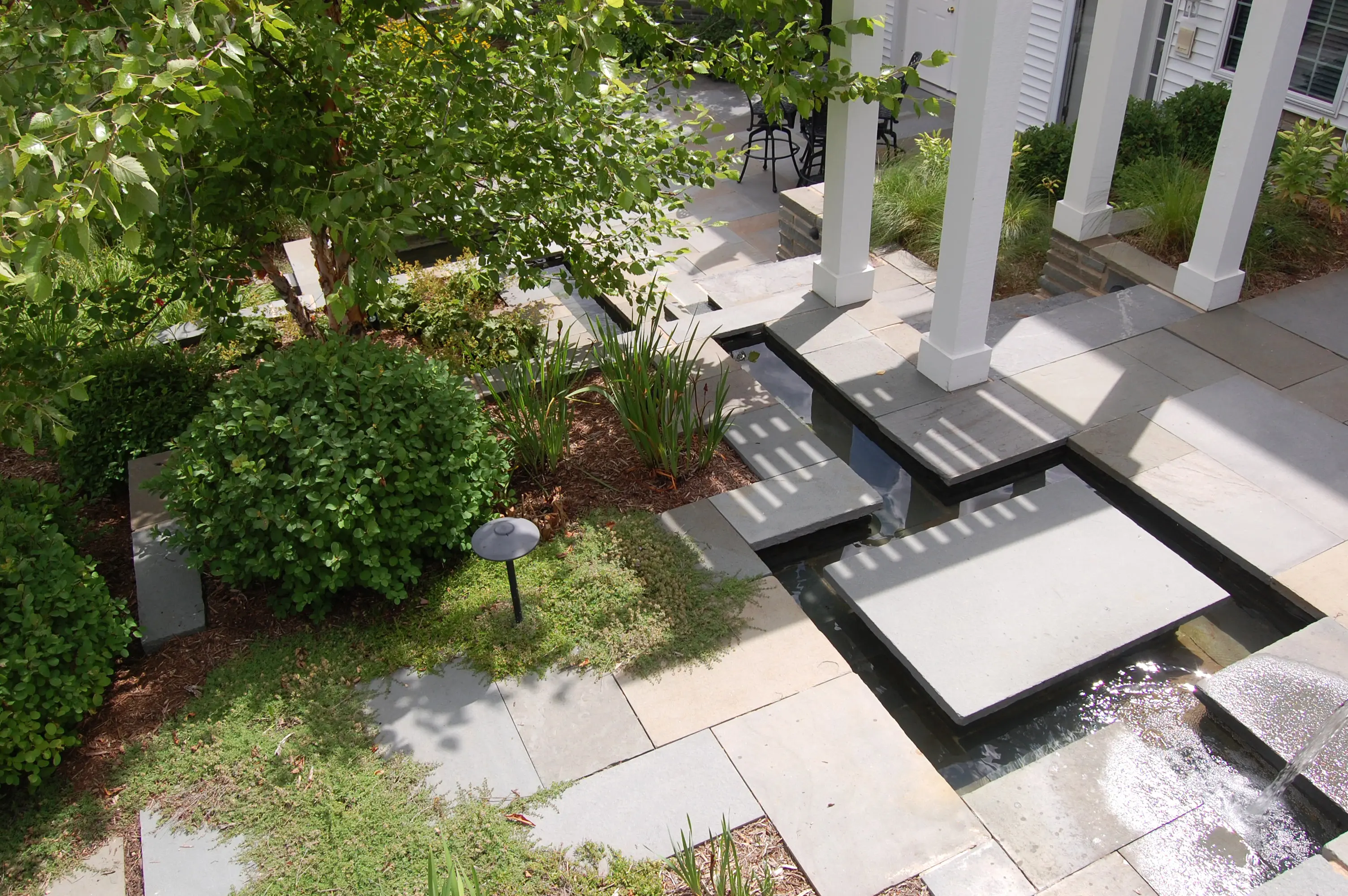

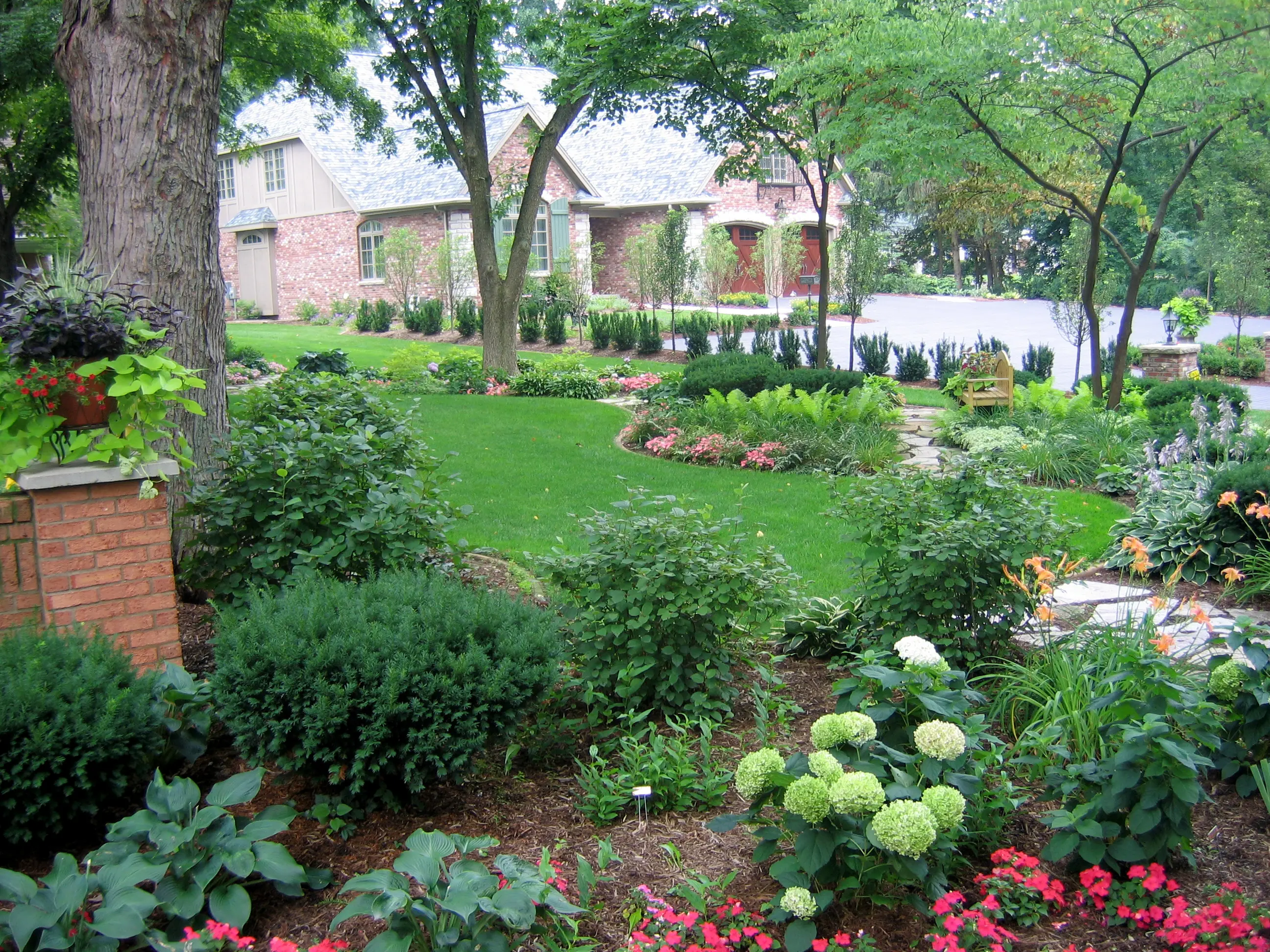
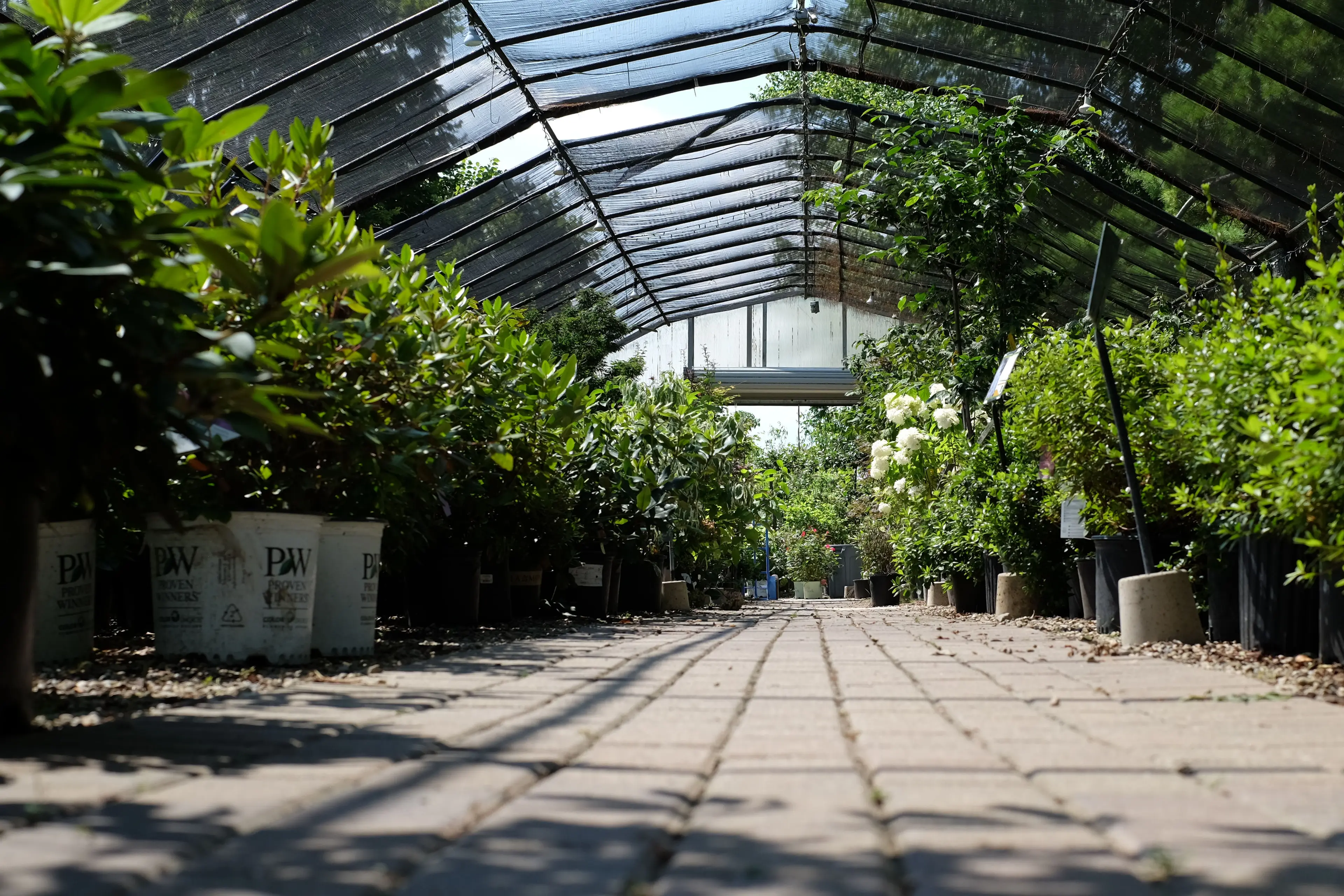
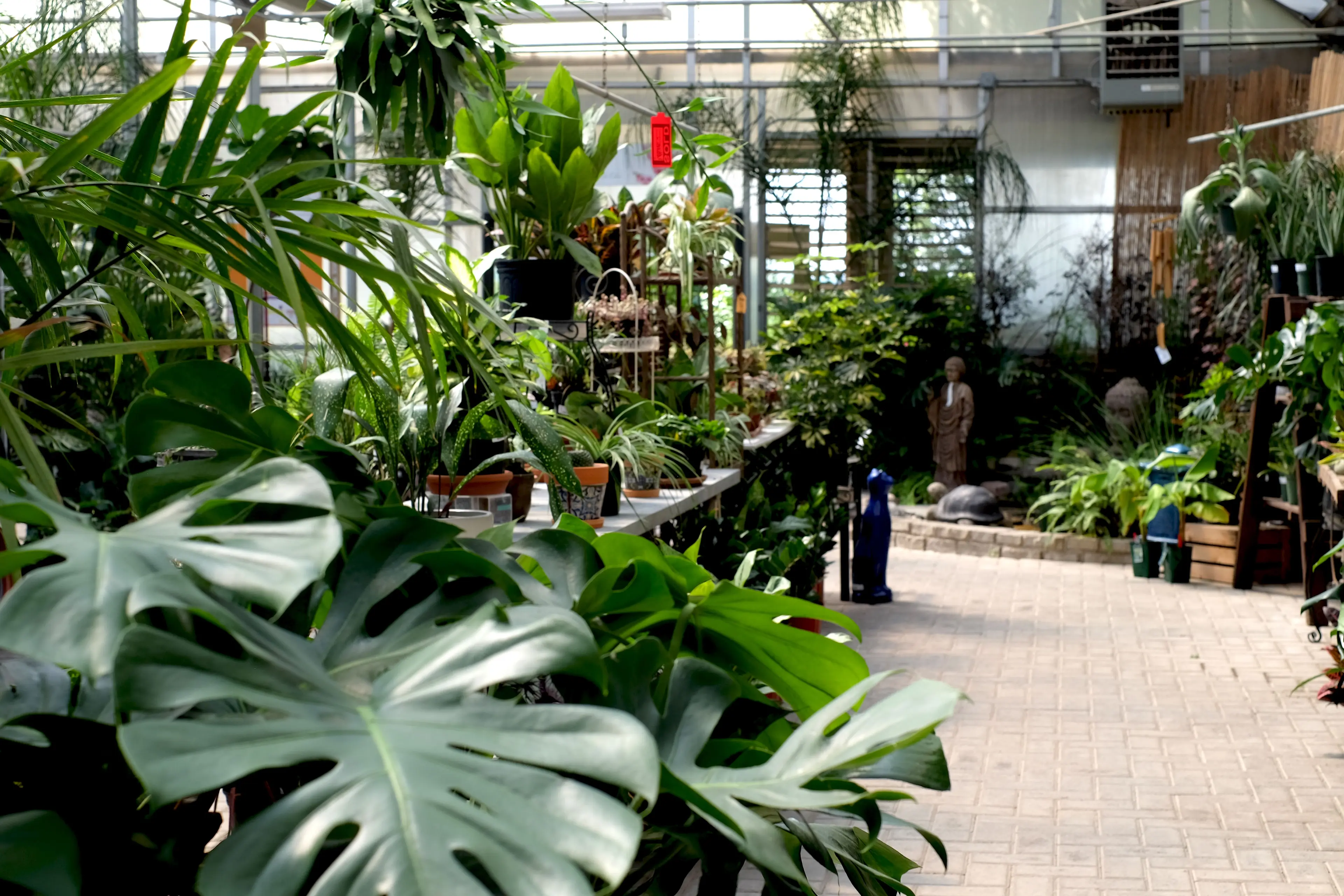
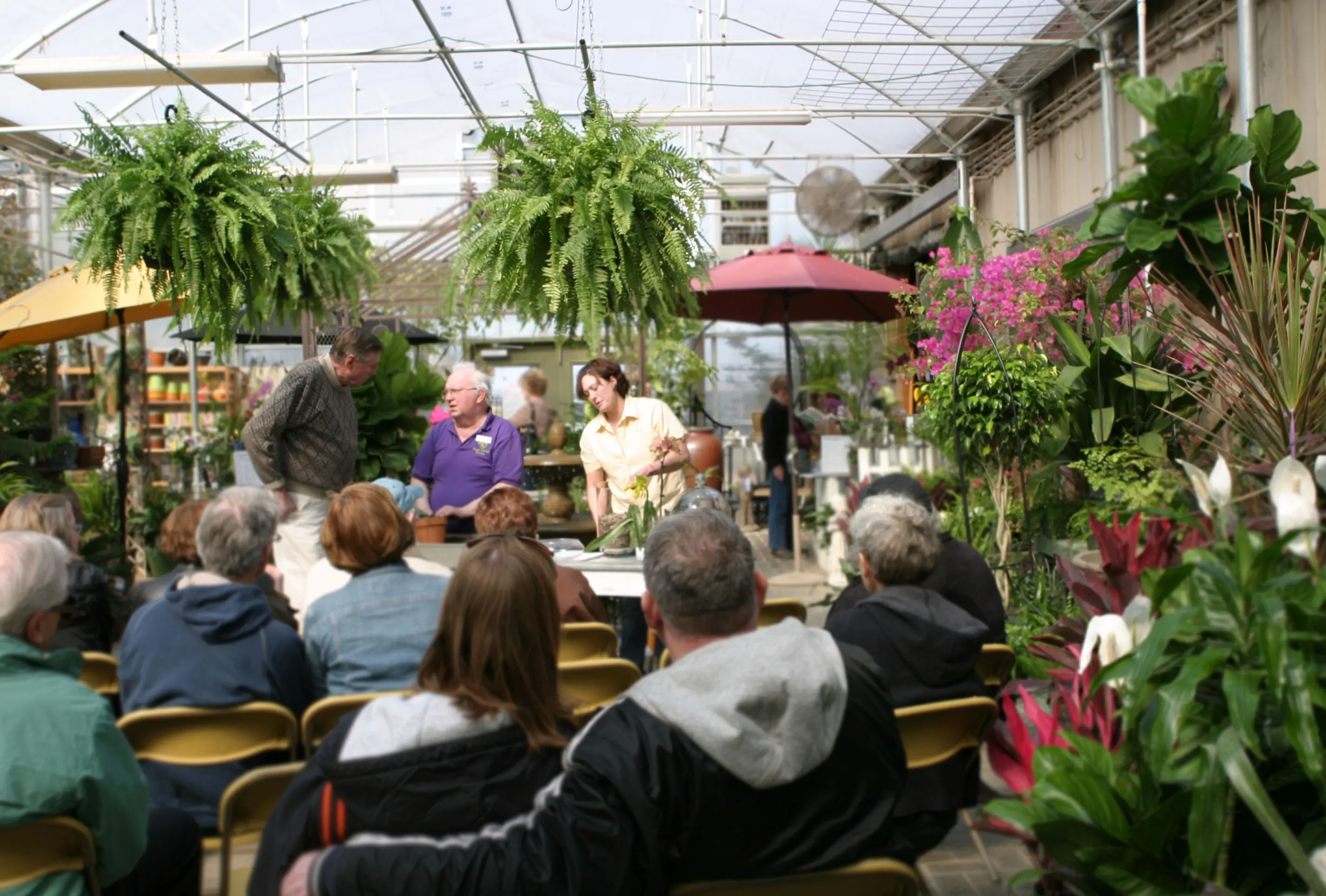
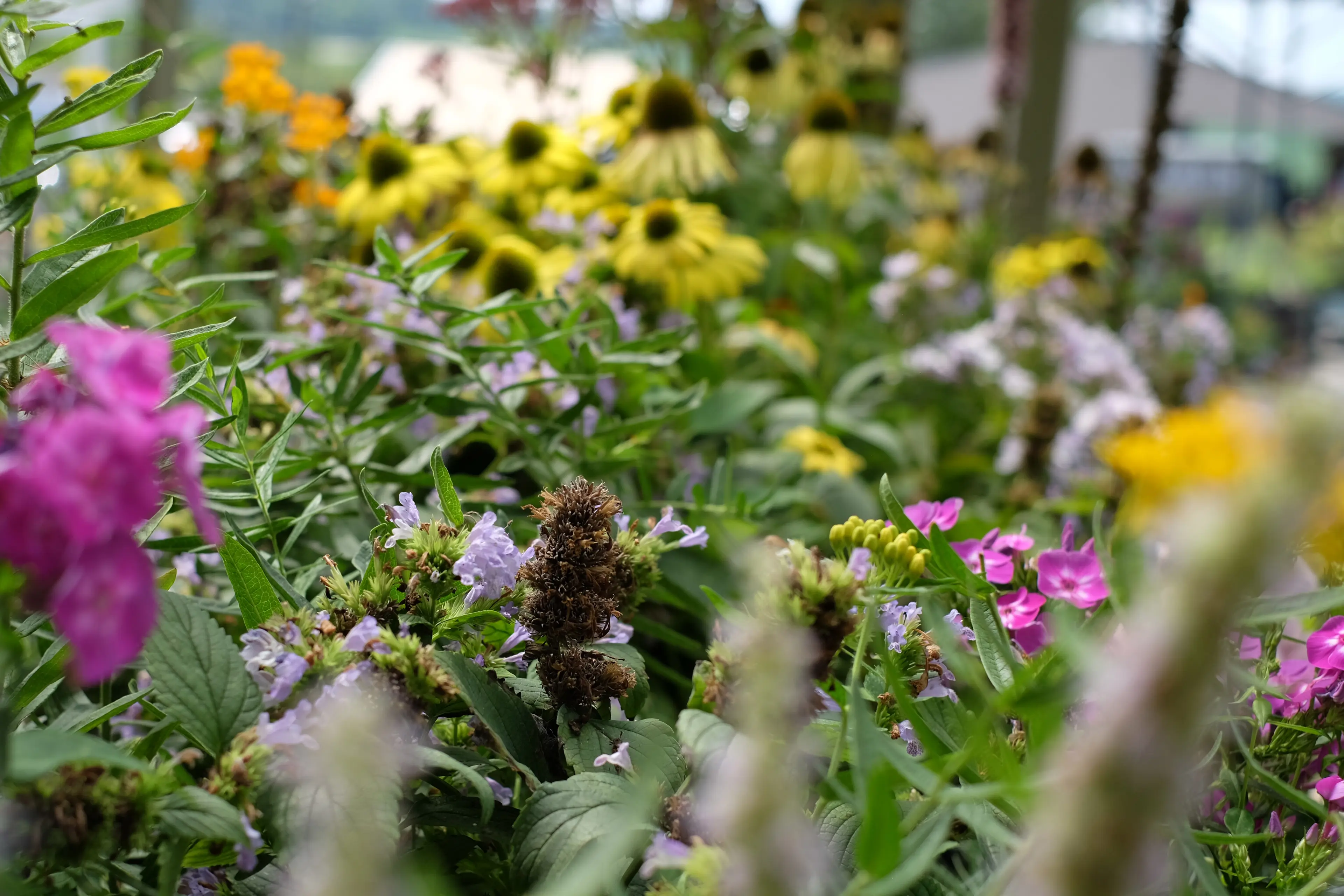

Garden Center
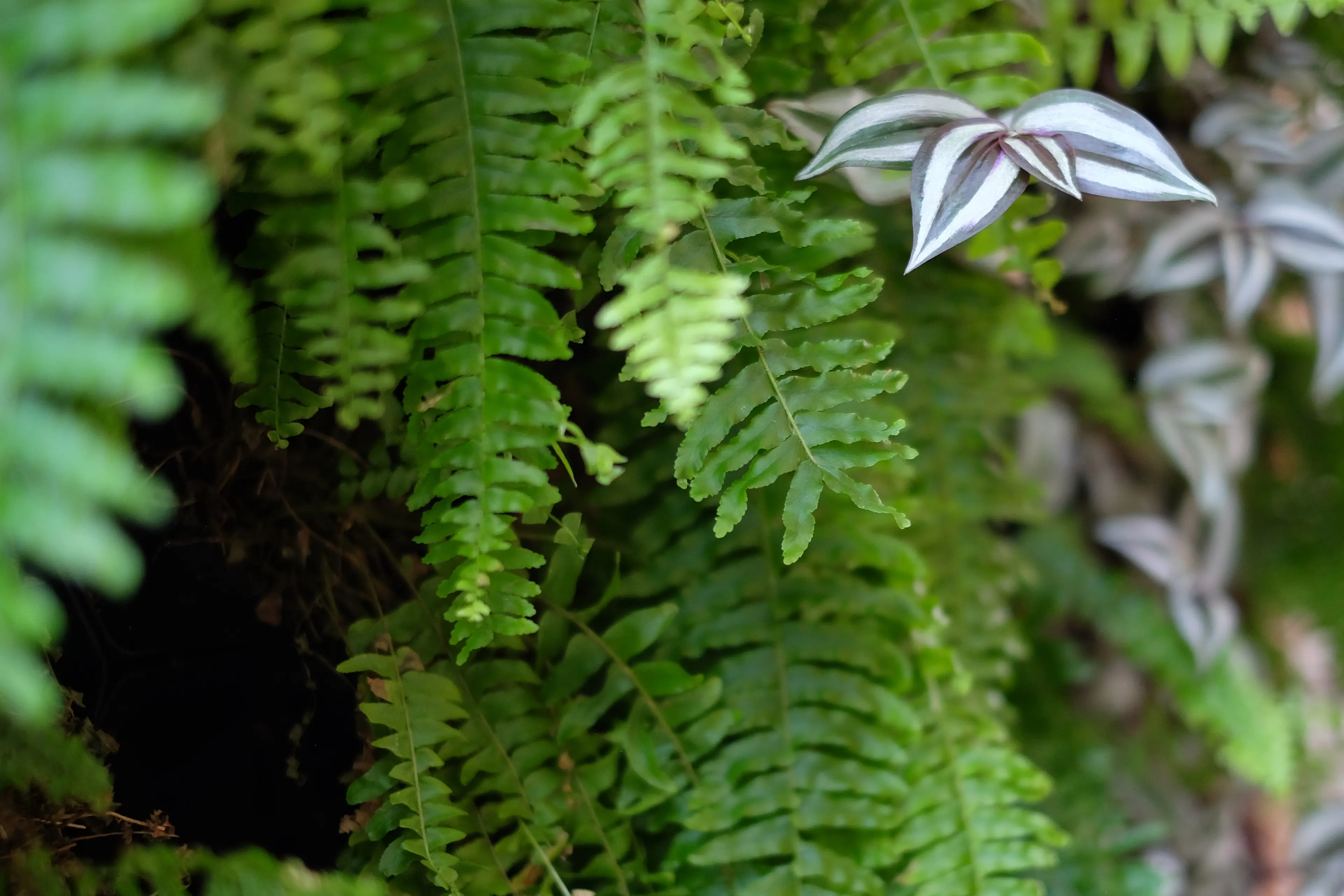
Designing a Moon Garden
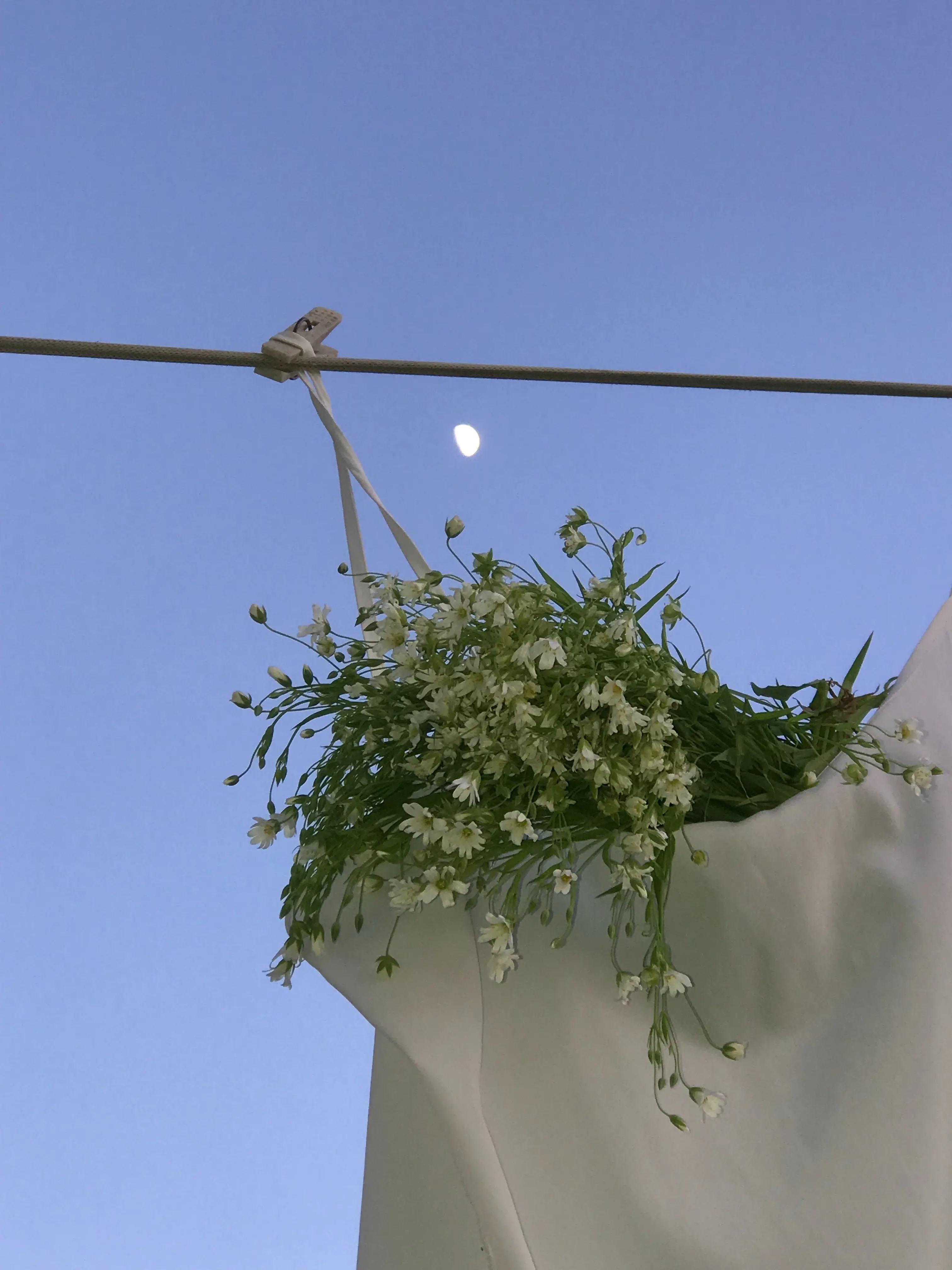
Even though most of us associate the fully-bloomed, sun-drenched late August afternoons with the peak of garden enjoyment, the nighttime has undeniable appeal for spending time outdoors. The temperatures are cooler, there's generally a nice breeze, the cicadas and katydids are singing in the trees, fireflies float around the yard, no lawnmowers or traffic sounds drone on around the neighborhood. Despite certain colors being less spectacular after sundown, a time-tested approach to nighttime garden enjoyment can be explored in the form of a moon garden.
The concept behind a moon garden, also called a night garden or white garden, is to create a serene and magical space that comes alive under the light of the moon, featuring plants and elements that are particularly attractive or fragrant in low light conditions. These gardens often incorporate plants with light-colored or white flowers, as well as those with silvery or variegated foliage that can reflect the moonlight. Consider the following ideas for making your garden glow in the light of the moon!
- White or Light-Colored Flowers: Plants with white, pale yellow, or light pink flowers are commonly chosen for moon gardens because they stand out in the low light conditions. Examples include night-blooming jasmine, white roses, lilies, and moon flowers.
- Silver or Gray Foliage: Plants with silvery or gray foliage add an ethereal quality to moon gardens, reflecting moonlight and creating a shimmering effect. Lamb's ear and Artemisia are popular choices.
- Fragrant Plants: Fragrance becomes more pronounced in the evening, so many moon gardens incorporate aromatic plants like lavender, honeysuckle, and night-blooming flowers to enhance the sensory experience.
- Reflective Elements: Adding elements like water features, white stones, and light-colored garden structures can enhance the reflective properties of moonlight.
- Lighting: Moon gardens are designed to be enjoyed under natural moonlight, but soft, low-intensity artificial lighting can be strategically placed to enhance the garden's beauty and accessibility during darker nights or overcast conditions.
- Seating Areas: Comfortable seating areas allow people to relax and appreciate the garden's ambiance.
- Nocturnal Wildlife: Moon gardens can attract nocturnal pollinators and wildlife, such as moths and fireflies, adding to the enchanting nature of the space.
Thinking of planning a moon garden of your own? Come talk with our garden center staff about light colored flowers, plants, decor, and other nighttime-enhancing treasures to make your garden a lovely, peaceful place all day and all night.